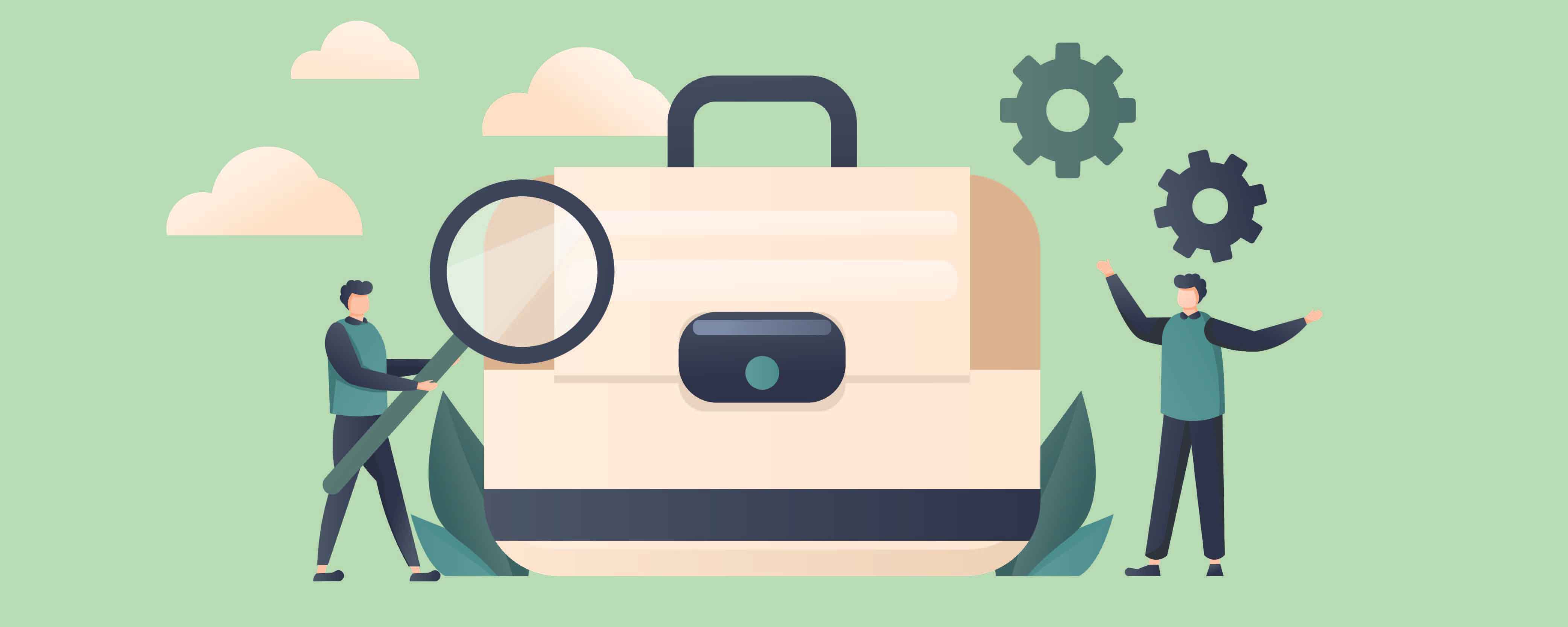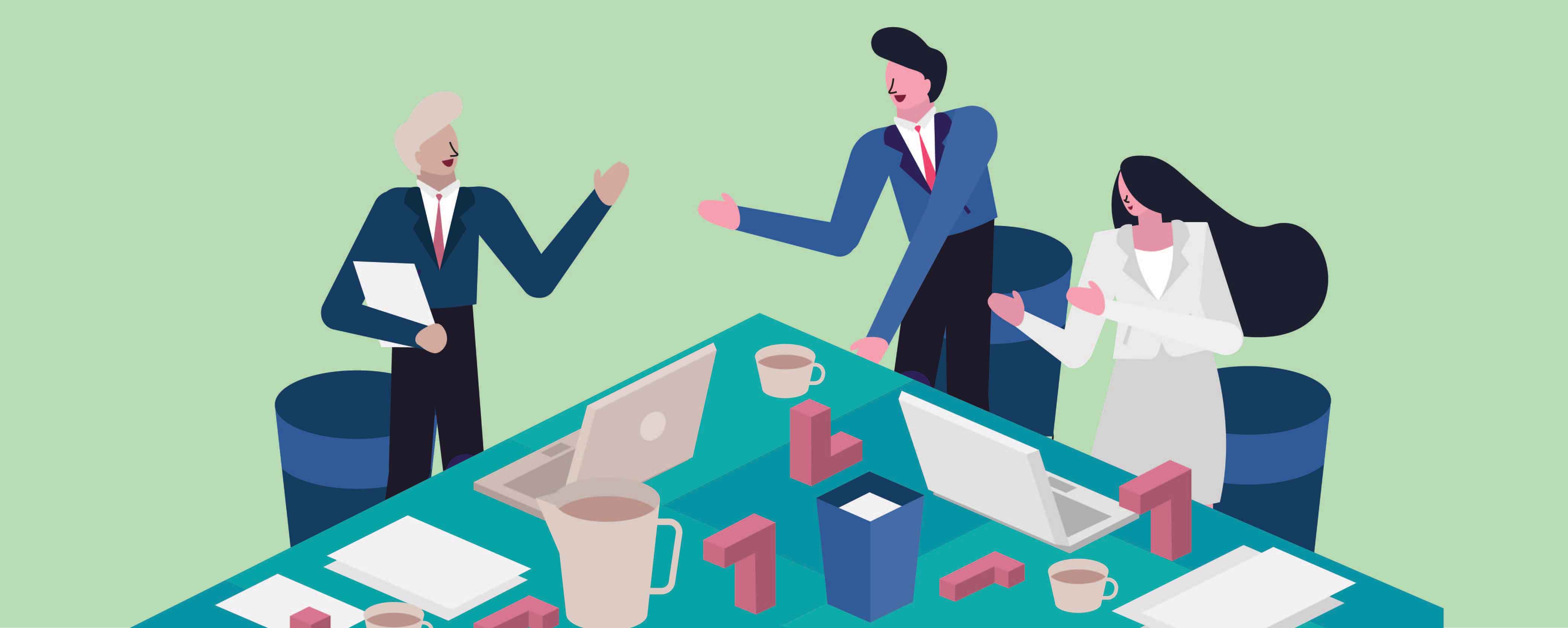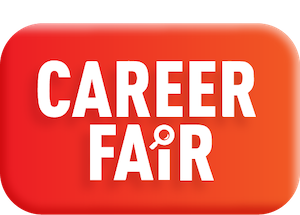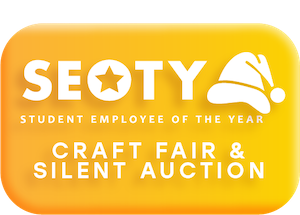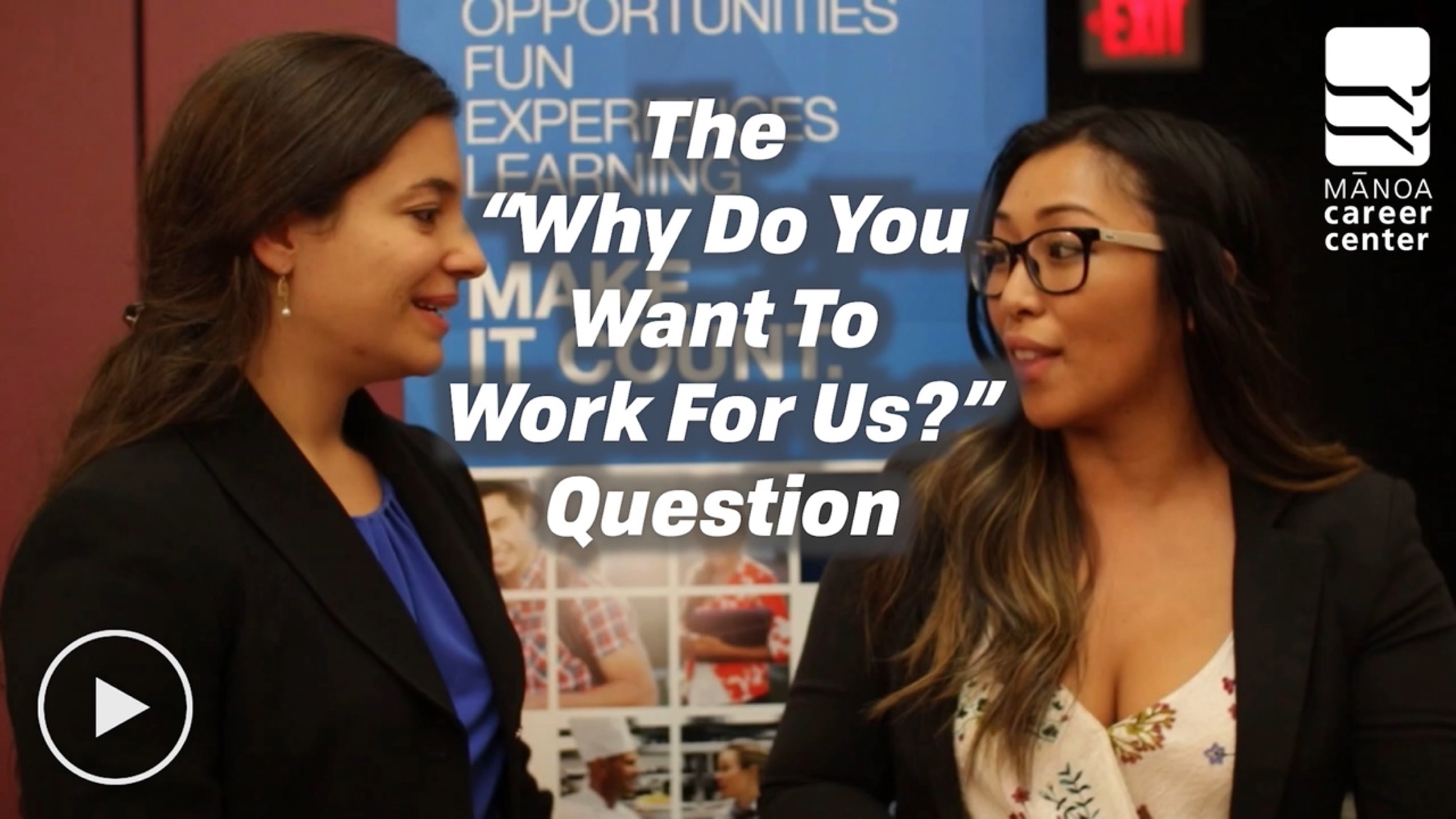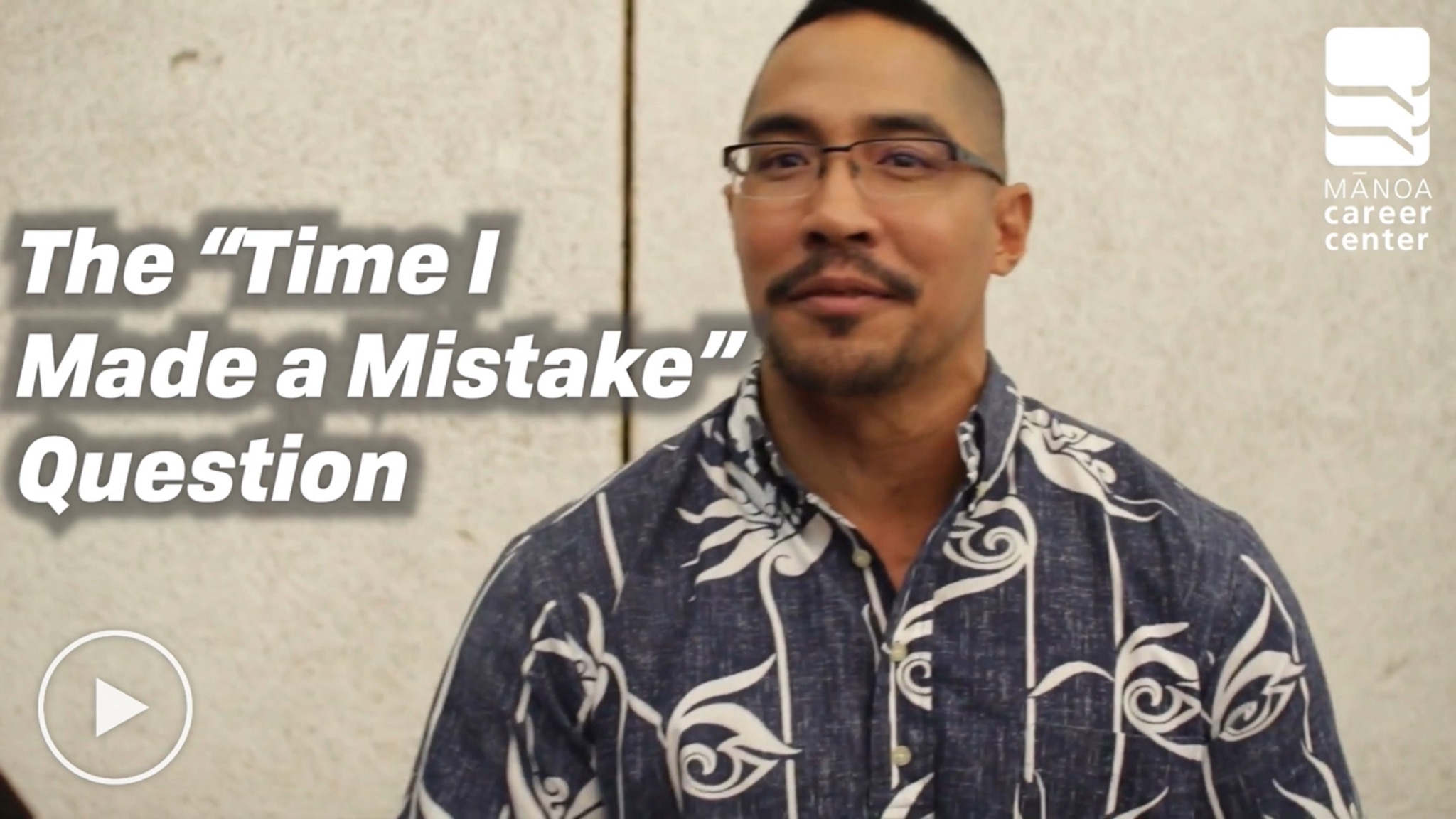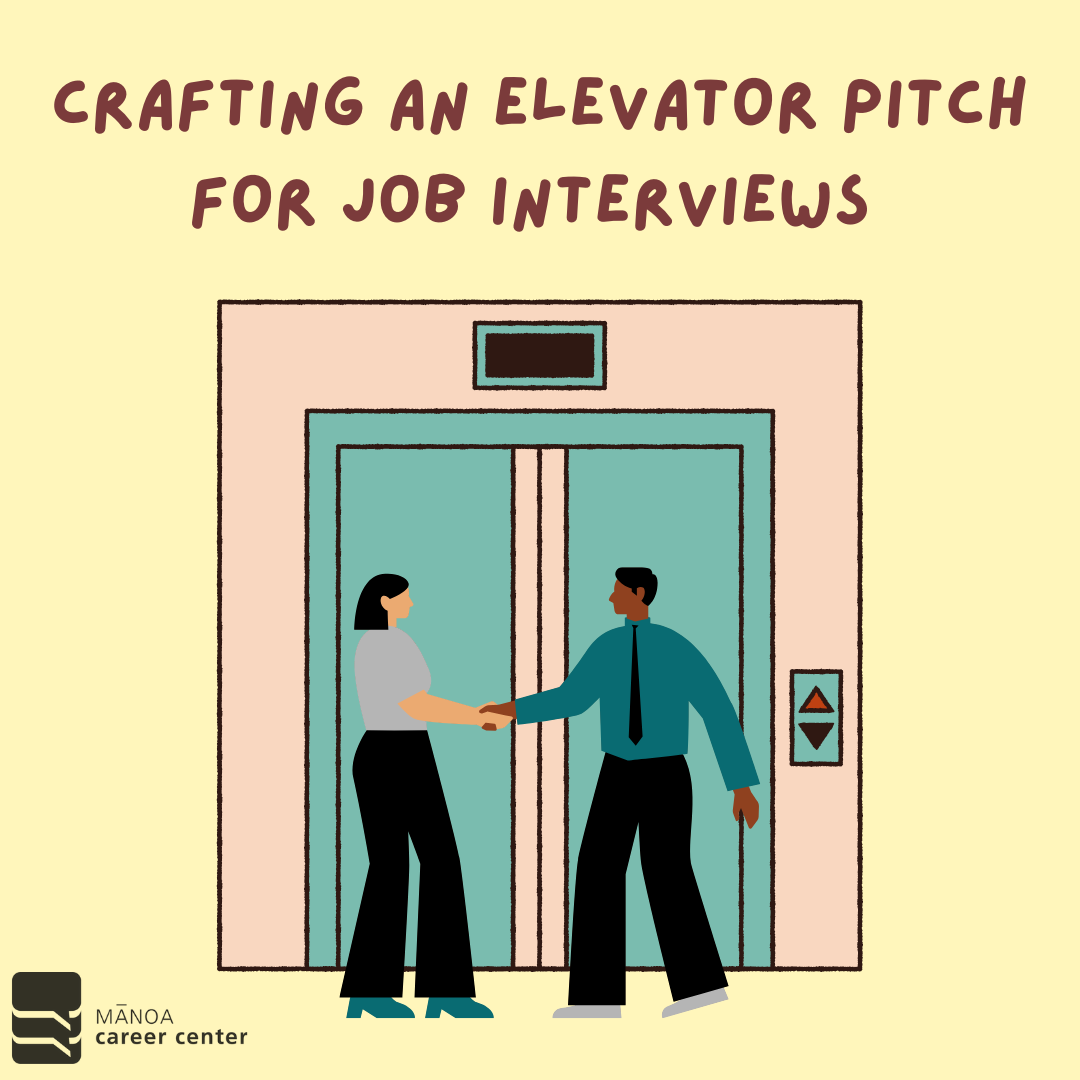Written by Kalli
- Identify Your Workplace: What is the norm? Is it business formal? Maybe business casual? When you first start out, asking your employer or dressing more formally at the beginning can help you gauge how you should be dressing. Rule of thumb: Better to be overdressed than underdressed, especially on the first day
- Business Casual: Button down shirts, pants/khakis/long skirts or dresses, shoes
- Business Professional: Suits, ties, dress shirts, low heeled shoes
- Be deliberate: Wear outfits that portray your professional image
- Separate work and play: While there’s nothing wrong with self expression, sometimes being a little understated goes a long way. As you warm up to the office, adding small details such as accessories or new colors can help your personality shine through.
- Recommended shoes: flats, loafers, low heels, slip on sneakers, brogues, boots, oxfords, Chukkas
- Tuck in your top: This one simple action can elevate your style and image, giving you a clean, professional look
- Quality > Quantity: Pricier pieces that last longer can be beneficial for both style and cost. Rather than having to replenish your wardrobe every few months, having a reliable piece that stands the test of time is helpful in establishing your outfits. However, not everyone can afford expensive work clothes
- Some affordable office wear brands: Uniqlo, Nordstrom Rack, Calvin Klein, Banana Republic Factory, Target


Sources:
How To Look Put Together at Work in 8 Stylist-Approved Steps
https://www.forbes.com/sites/forbesbusinesscouncil/2023/08/25/dress-to-impress-using-personal-style-to-support-your-career/?sh=1bffca104c64
Outfits created from Uniqlo


